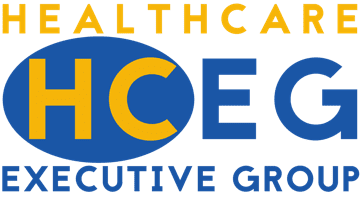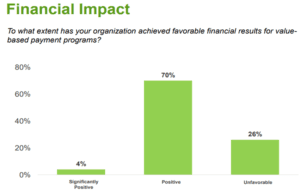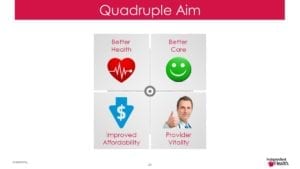
Harry Merkin, VP of Marketing at HealthEdge and Dave Mika VP of Enterprise Core System Operations at Independent Health shared insight and real world experience on how health plans and their provider networks can transition from traditional fee for service (FFS) to value-based payment (VBP).
This blog post recaps highlights of the webinar and provides access to additional information from the webinar. A recording of the webinar can be found here. You can also check out this Twitter Moment summarizing live Tweets from the webinar.
Value-Based Payment Began in the Late 1990’s
In the late 1990’s, capitation models began paving the way for change from traditional FFS payment models to models focused on helping establish effective, cost-efficient practice models. In the last few years, value-based payments have become the latest and greatest models for reimbursement of care. The importance of value-based payments is supported by HealthCare Executive Group members ranking Value-Based Payment as #3 on the 2018 HCEG Top 10 list.
Moreover, recent statements by current and former HHS officials have supported the need for value-based payment:
“There is no turning back to an unsustainable system that pays for procedures rather than value”, and the transition “needs to accelerate dramatically.” – Alex Azar, Secretary of HHS, 3/5/18 at the Federation of American Hospitals’ conference
“I highly encourage health care leaders to listen intently to his full remarks. The transition to value is moving forward; if you aren’t already preparing for it, it is time to get on-board.“ – Michael Levitt, former governor of Utah and former HHS Secretary
Value-Based Payment Can Lower Costs and Improve Outcomes
Harry Merkin shared the results of a November 2017 Humana study showing that VBP programs achieve meaningful gains in cost and quality vs. traditional FFS methods with total healthcare costs associated with VBC plans 15% lower than care costs of FFS plans. And a more recent survey by the Healthcare Financial Management Association revealed that 70% of healthcare organizations participating in VBP programs have achieved positive results.
Value-based Payment Must Address the Quadruple Aim
Independent Health’s Dave Mika shared real-world insight into the experience his organization has witnessed. A key focus raised by Dave is that health plans looking to implement or extend value-based payment programs must address the four pillars of the Quadruple Aim:
- Enhancing patient experience
- Improving population health
- Reducing costs
- Improving the work life of health care providers
Questions from Webinar Participants About Value-Based Payment
HCEG webinar series events always include the opportunity for questions from participants and this webinar was no exception. Two of many questions included the following short, paraphrased responses by Dave Mika – and other questions can be obtained from the webinar recording:
What is the key to gaining alignment with PCP’s?
Answer: Actively reaching out to and collaborating with key stakeholders in the local community.
What data has proven to be most useful to the provider network?
Answer: Information on patient gaps in care– ideally provided at the point of care in the physician’s workflow – can be very effective in improving value.
And More on How to Get There from Here…
In addition to the above, the webinar addressed the following considerations for transitioning from traditional FFS programs to VBP programs:
- Aligning delivery and reimbursement models with high-performing providers
- Tools for members to self-manage and self-navigate the care delivery system
- Technology support including web and digital capabilities
The move to value-based reimbursement appears inevitable, and only those health plans and providers that begin to transition and adapt today will be successful in the future. Change doesn’t happen overnight. To learn more about how making the transition from FFS to VBP, check out the webinar recording, consider contacting HealthEdge for more information and keep in touch with the HealthCare Executive Group by connecting with us on Twitter, Facebook, LinkedIn and subscribing to our newsletter.





